Ever wonder if it's time to replace your worn car tires? The performance of your tires is very important for maintaining the safety, performance, and efficiency of your vehicle. But at some point, your tires will start wearing out and lose their traction and braking ability. Luckily, if you're wondering when to start looking for new tires, there are a few tips that can help keep you in the know.
1. Examining Tread Integrity
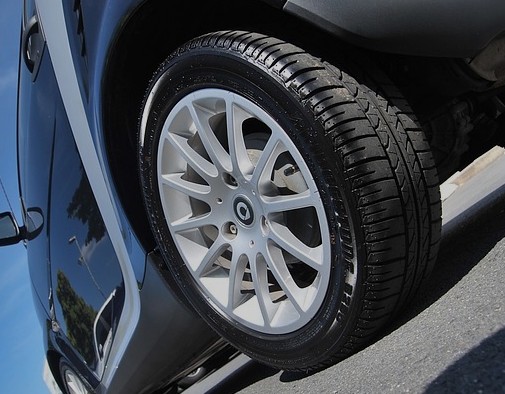
A.Check your state or region for tread recommendations. The primary function of tire tread is to divert water from beneath the tire to improve traction and avoid hydroplaning on wet roads. Once the tread is down to 2⁄32 inch (0.16 cm), the tire is no longer safe and illegal in most areas of the world. Look at your state or region's tire tread requirements provided by the transportation department.

B. Replace your tires if the tread bar is flush with the tire tread. All tires sold in the U.S. and most other countries have tread wear bars—small horizontal bridges that form between your treads at a lower depth. As your tires wear, these bars become flush with the tread. When the tire tread is even with these wear bars, it means the tread is worn to 2⁄32 inch (0.16 cm) and needs to be replaced immediately.
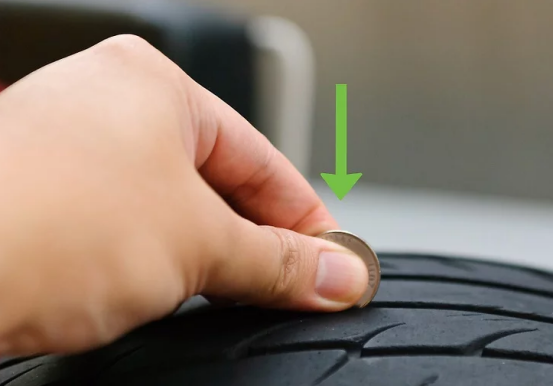
B. Check the wear of your tread quickly by inserting a Lincoln penny into it. Take a Lincoln penny and place it upside down with Lincoln facing you in the center of the tread at the thickest part of the tire. If you can see the very top of Lincoln's head or the copper above it, replace the tire immediately. If you cannot see the hair on the top of Lincoln's head—meaning the tire tread is at least as deep as his forehead—your tire does not need replacing yet.

D. Use a tread depth indicator for a more accurate measurement. Place the probe of the indicator in the center of one of the tire grooves on the outskirts of the tread. Remove the gauge by the barrel—taking care not to touch the probe—and note the tread depth. Continue this process for locations around the center tire grooves tire at least 15 inches (38 cm) apart and then average the numbers. Replace the tires if the depth is less than 2⁄32 inch (0.16 cm).
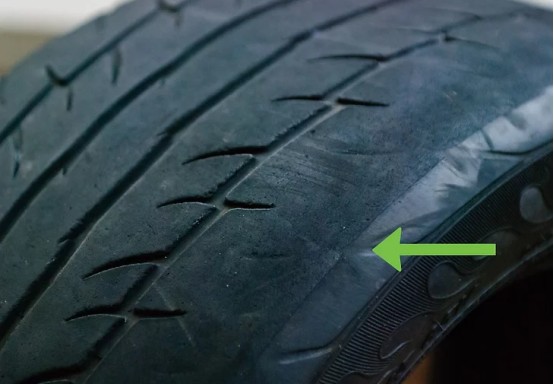
2.Noticing Signs of Tire Damage
A.Bring your car in for maintenance if you notice irregular tread wear. This could indicate wheel misalignment, improper inflation pressure, the need for tire rotation, or all of the above. Regardless of the specific reason, uneven tread wear is a sign that you need to take your car in for servicing.
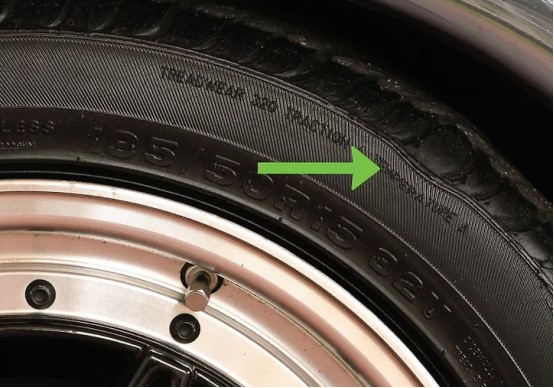
B. Check for any abnormal bulges or bubbles in the sidewall. The sidewall is the tire surface outside the rim that faces you when the car is parked. A bulge indicates that the rigid internal frame of the tire has been damaged and cracked, allowing air pressure to reach the flexible outer layers of the tire. Any tires with sidewall bulges should be replaced immediately, regardless of the tread status.
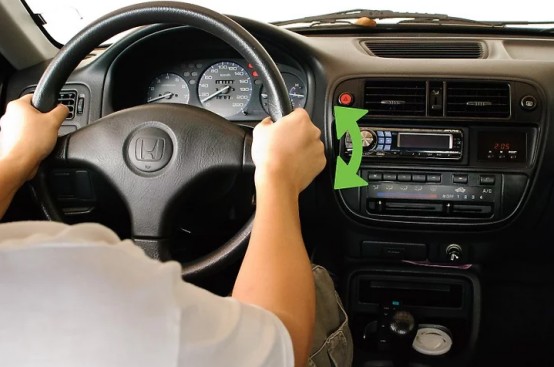
C. Balance your tires if you feel steering wheel vibration. If your tires are worn unevenly, you may feel a vibration in the steering wheel when you are driving. If the vibration starts at 40 to 50 mph (64.37 to 80.47 km/h) and intensifies as you increase your speed, you probably need to balance your tires. If that doesn't stop the vibration, the tire is most likely damaged and needs a full replacement.
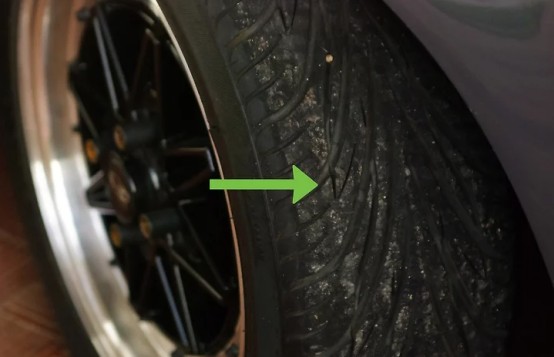
D. Check for dry rot and have affected tires inspected or replaced. If you see little cracks all over your tires, it means that the rubber is breaking down. Tires with dry rot can fall apart and separate from the steel belt, which causes damage to the exterior of the car. In some cases, your wheels might start rotting before the tread starts to diminish—you should still bring them in to be inspected or replaced.

E. Replace your tires at least every 6 years. Check the 4-digit code on the wall of the tire for its age. Regardless of your country, most governmental transportation departments place 4-digit numbers on the wall of each tire. The first 2 numbers represent the week it was made and the last 2 represent the year. For example, 12/08 means your tire was made in the 12th week of 2008. If the tire is more than 6 years old, replace it.
Copyright © 2025 GYCX Factory | All Rights Reserved.